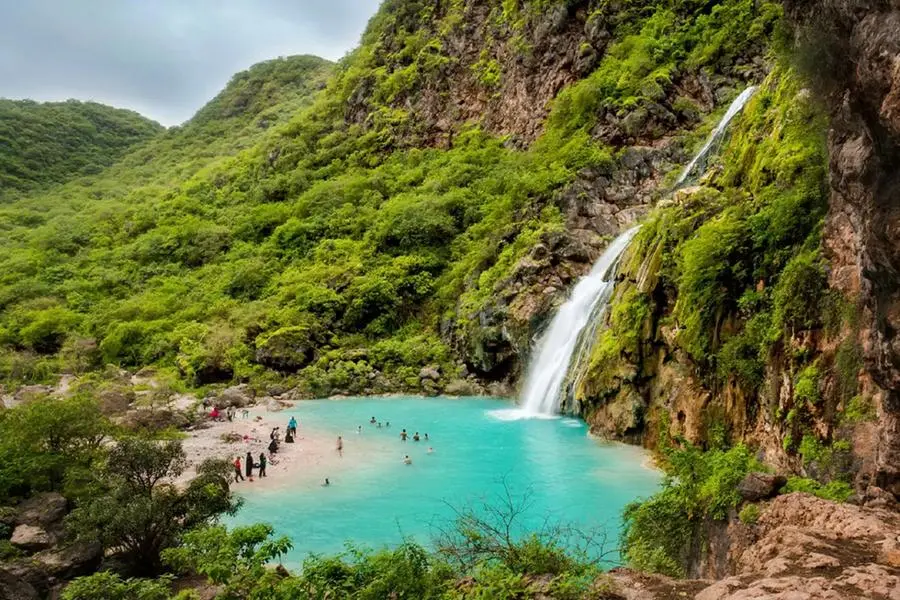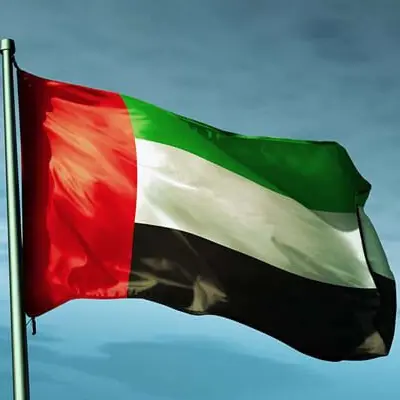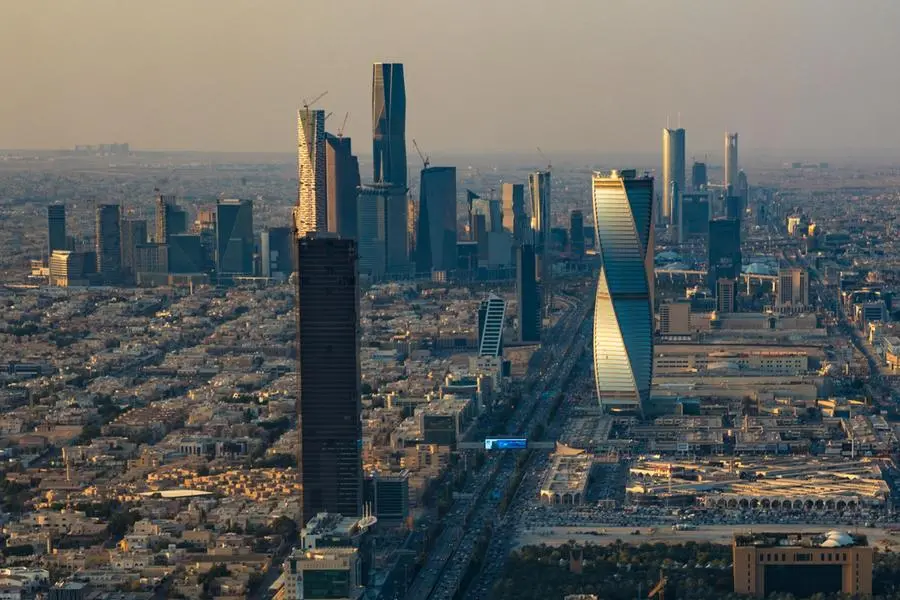PHOTO
The khareef season in Dhofar, known for transforming the region into a lush green paradise, is often celebrated for its appeal to tourists and its boost to local businesses. While thousands of visitors flock to enjoy the mild foggy weather and dew-covered landscapes, there is another, lesser-known aspect of khareef that holds immense value is its potential for agricultural research.
Dhofar is a biodiversity hotspot, with around 800 of the 1,200 identified plant species in Oman found here. The khareef season allows agricultural scientists to study these species in their natural habitat, particularly those that bloom exclusively during the monsoon months.
The continuous rainfall hydrates the trees, causing them to flourish naturally without any manual intervention. For scientists, this is an ideal time to observe and document plant behaviours, growth patterns, and ecological interactions unique to this season.
Dr Ahmed al Shanfari, Director of the Department of Agricultural and Livestock Research in Dhofar, highlights the advantages of khareef for agriculture: “Dhofar Governorate enjoys many advantages during the autumn season, especially for the agricultural sector.
“The climate with low temperatures and moderate humidity, accompanied by rain drizzle, increases water availability and reduces the rate of transpiration and evaporation. This provides a suitable climate for vegetation, allowing crops and all plants to grow rapidly and produce abundant fruits,” he said.
According to him, “the farmers take advantage of this season to grow local crops like cucumbers, beans, and corn, and to harvest wild mushrooms from valleys and mountain slopes for sale in local markets. The rain also helps reduce salinity in farms and groundwater, which benefits agriculture throughout the year.” From July to September, the monsoon winds bring delicate drizzling fog to Dhofar, covering the mountain slopes and coastal areas. This natural phenomenon awakens the land from its dry slumber, blanketing the region in a tender green carpet of grass adorned with vibrant flowers.
For three months, dry wadis fill with water, nourishing native plants long after the monsoon ends. This period also provides scientists a unique opportunity to study the region's rich biodiversity in full bloom.
Fog management is another area of research during khareef. The fog that envelops the region is a vital water source in an otherwise arid climate.
Dr Nadim Farajalla, an Associate Professor of Environmental Hydrology at the American University of Beirut, emphasises in his research the importance of fog harvesting as a viable water source in arid regions. Scientists in Dhofar are exploring how fog can be effectively managed to conserve water and support sustainable agriculture.
While khareef is often seen as a tourist attraction, its significance for agricultural research is profound. It provides a unique opportunity to study the rich flora of Dhofar, understand the region's ecological dynamics, and explore innovative water management techniques. Khareef, therefore, is more than just a season of natural beauty; it is a time for scientific discovery and agricultural advancement that benefits both the region and beyond.
2022 © All right reserved for Oman Establishment for Press, Publication and Advertising (OEPPA) Provided by SyndiGate Media Inc. (Syndigate.info).























